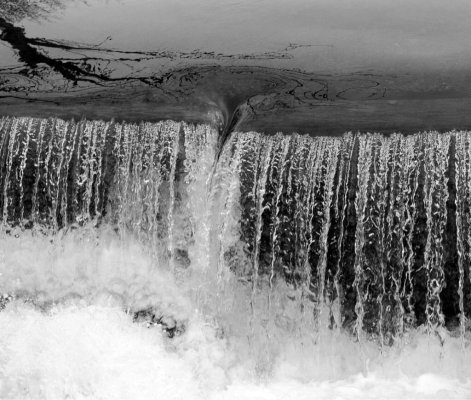Calibrating the battery:
Please note: the Lithium-Ion battery has extremely good “memory” characteristics and periodic discharging and re-charging of the battery – sometimes called “refreshing” – is not needed to keep the battery’s power level strong. Users can freely charge the battery at any time, regardless of whether it’s nearly depleted or has only been briefly used since its last charging. There is no problem with topping-off the battery by charging it, even if it’s close to fully charged beforehand.
The Calibration procedure here is strictly to keep the Battery Info calibrated, so that the display remains accurate. Here’s why: as the battery is repeatedly used, charged up, and used again, there can be a gradual change in the information being provided to the camera vs. what’s actually going on in the battery. The menu’s display of percentage of charge, in particular, can sometimes drift from accurate readings. The Calibration procedure basically brings the Battery Info back in-line with what the camera is reporting.
The important thing here is that users do NOT need to fully discharge the LP-E4 batteries for the cameras before charging them up, even if there’s an important shoot the next morning. Simply charge the batteries, until the camera recommends the Calibration procedure in the Battery Info display. Calibration (which can also be recommended by a blinking red “Cal/Charge” LED on the charger, when a battery is inserted) takes about 10 hours to fully discharge each fresh battery pack, followed by the normal two hours to charge each back up. For maximum battery life, we recommend users wait to perform Calibration until the camera or charger recommend it, and that users avoid the old habit of refreshing batteries prior to charging “just to be safe."
). I think that the still's copper color makes it pop enough, even out this rather busy background.










